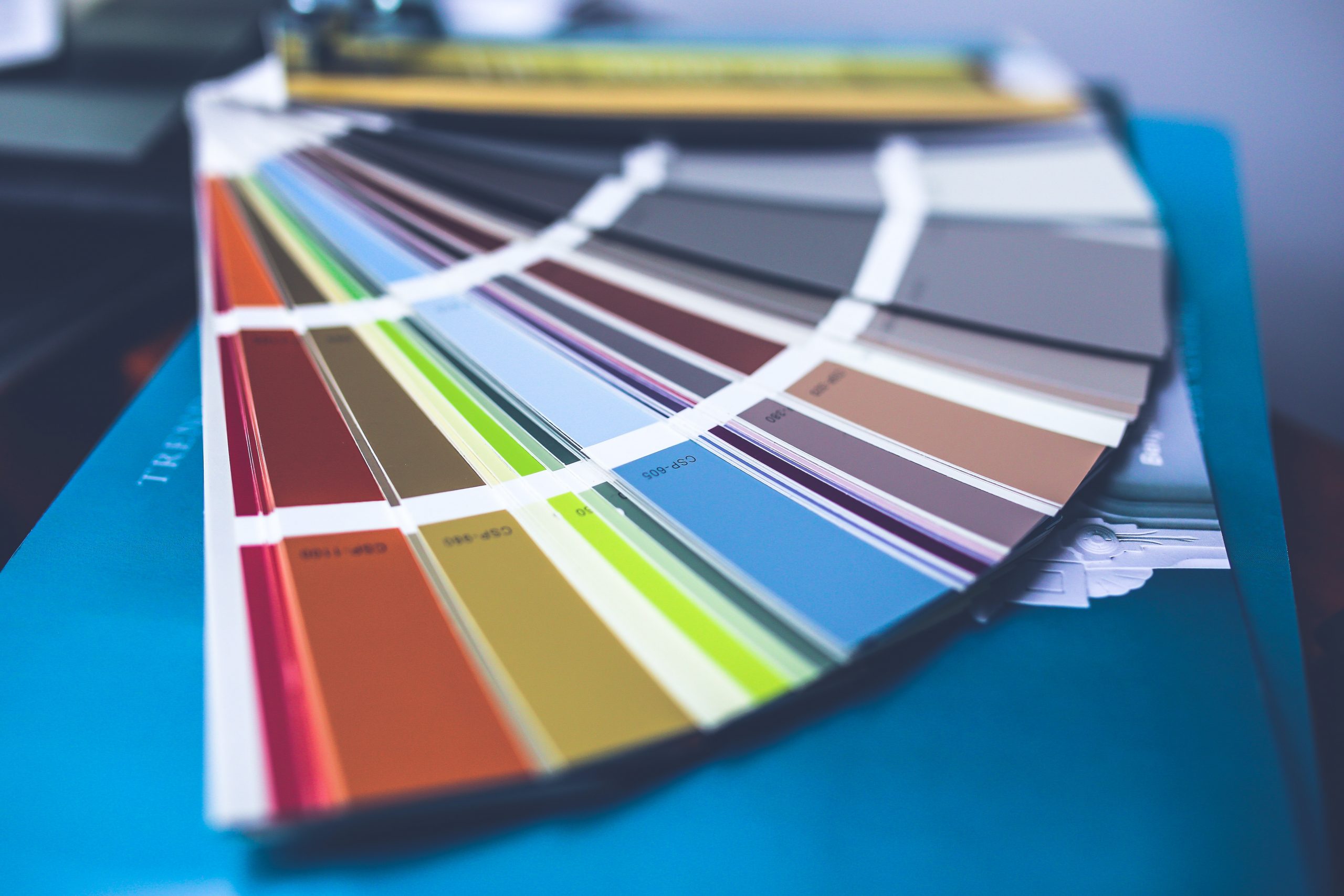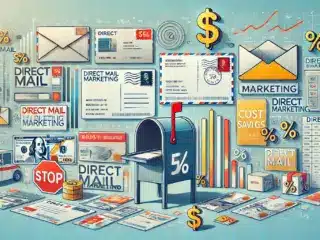Last Updated on October 17, 2022 by Carlos Alonso
When it comes to color, a few different systems can be used. In this blog post, we will be discussing the Pantone to CMYK color systems. We will go over the differences between the two systems and how they are used in printing. Understanding these two systems allows you to create colors that look great in print!
What is Pantone and what is CMYK?
If you’ve ever wondered how your favorite color got its name, there’s a good chance Pantone inspired it. Pantone is the world’s leading authority on color, providing an essential reference for designers in various industries.
The company’s signature product is the Pantone Color Finder, a fan deck that arranges every shade of color into a convenient and easy-to-use format. But what exactly is CMYK? CMYK stands for cyan, magenta, yellow, and black.
These four colors are used to produce all the other colors in the Pantone system. By varying the amounts of each color, printers can create millions of different hues. When it comes to color printing, CMYK is the gold standard. CMYK printing is preferred for high-quality print jobs thanks to its superior accuracy and consistency.
How are the Pantone or CMYK color systems different
Pantone and CMYK are both color systems used in printing. While they share some similarities, there are also some important distinctions. Perhaps the most fundamental difference is that Pantone uses a more limited palette of colors, while CMYK offers a wider range of options. As a result, Pantone is typically used for smaller print jobs, while CMYK is more suited for large-scale printing projects.
Another key difference is that Pantone colors are printed as a single ink layer, while CMYK colors are created by combining four inks (cyan, magenta, yellow, and black). This can give Pantone prints a more vibrant and saturated appearance. Ultimately, both color systems have their own strengths and weaknesses, and the best choice for a given project will vary depending on the specific needs and goals.
What are some of the benefits of using Pantone over CMYK
Pantone colors are more consistent from one print run to the next, while CMYK colors can vary depending on the printing press and paper stock. Moreover, these colors can be more vibrant and offer a wider range of hues than CMYK colors.
Pantone matching system (PMS) is an internationally recognized color standard, while there is no such thing as a “CMYK standard.” This means that when you specify a Pantone color for your print job, your printer will know exactly which ink to use, resulting in more accurate color reproduction.
Pantone colors are printed as spot colors, meaning each color is printed with its own ink, while CMYK colors are printed as four-color process colors, meaning each color is created by a combination of cyan, magenta, yellow, and black inks. This can result in some color shift when printing CMYK colors.
Because Pantone colors are printed as spot colors, they can be overprinted on top of one another without any color change or “bleeding.” This can be useful for creating special effects or for printing on dark colored paper stocks. Pantone colors are more expensive to print than CMYK colors, but the results can be worth the extra cost.
When would you want to use Pantone instead of CMYK
Regarding color printing, there are two major systems today: Pantone and CMYK. Both have their strengths and weaknesses, and the best choice for a project depends on several factors. One key difference between the two systems is that Pantone colors are made from a limited palette of premixed inks. However, CMYK colors are created by mixing cyan, magenta, yellow, and black inks.
As a result, Pantone colors tend to be more vibrant and accurate, while CMYK colors can be more variable. Another difference is that Pantone is typically used for spot color printing, meaning each color is printed with its separate ink. While CMYK is more commonly used for full-color printing. When choosing between Pantone and CMYK, it’s essential to consider the requirements of the project at hand.
For instance, if color accuracy and vibrancy are paramount, Pantone may be the better choice. On the other hand, if cost is a factor or the project will be printed in full color, then CMYK may be the better option. Ultimately, there is no right or wrong answer when choosing between Pantone and CMYK; it simply depends on the project’s needs.
Pantone or CMYK: Which system should you use for your business printing needs?
Regarding printing, two main color models are used. Both systems have their advantages and disadvantages, so it’s important to choose the one that is best for your business needs.
Pantone is a great option if you need your colors to be highly accurate and consistent. This system uses a specific formula for each color, so you can be sure that your prints will match up perfectly every time. However, Pantone printing can be more expensive than CMYK printing, so it’s important to weigh your options carefully.
CMYK printing, on the other hand, is ideal for businesses that need to print large quantities of material. This system uses cyan, magenta, yellow, and black inks to create a wide range of colors. CMYK printing is generally less expensive than Pantone printing, but it can be more difficult to achieve consistent color results.
Conclusion
Although there are many different color models, the most important thing is understanding how each one works. By understanding the differences between Pantone and CMYK, you’ll be able to choose the best printing method for your project. Call us if you need help deciding which system is right for you. Our team of experts will be happy to assist you.
Also, read our guide on brochure printing.




![How to Design An Effective Business Card [2024] 4 How to Design An Effective Business Card](https://www.catdi.com/wp-content/uploads/2024/11/How-to-Design-An-Effective-Business-Card-300x200.jpg)











